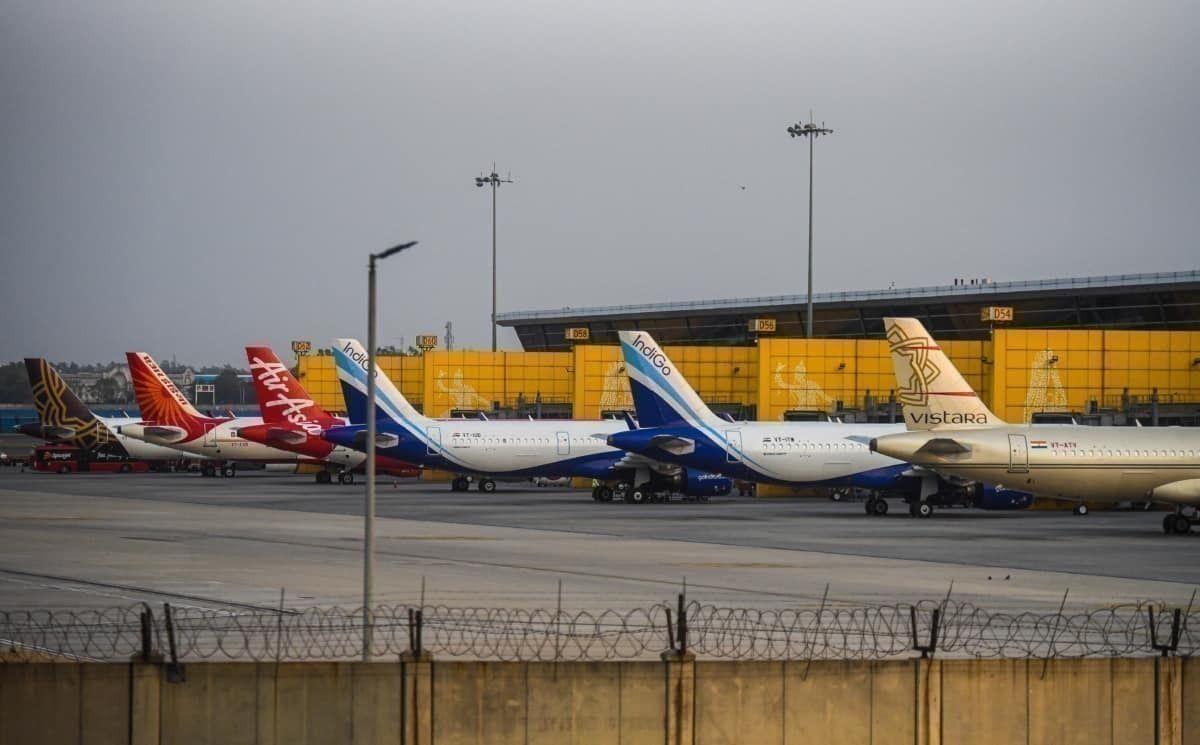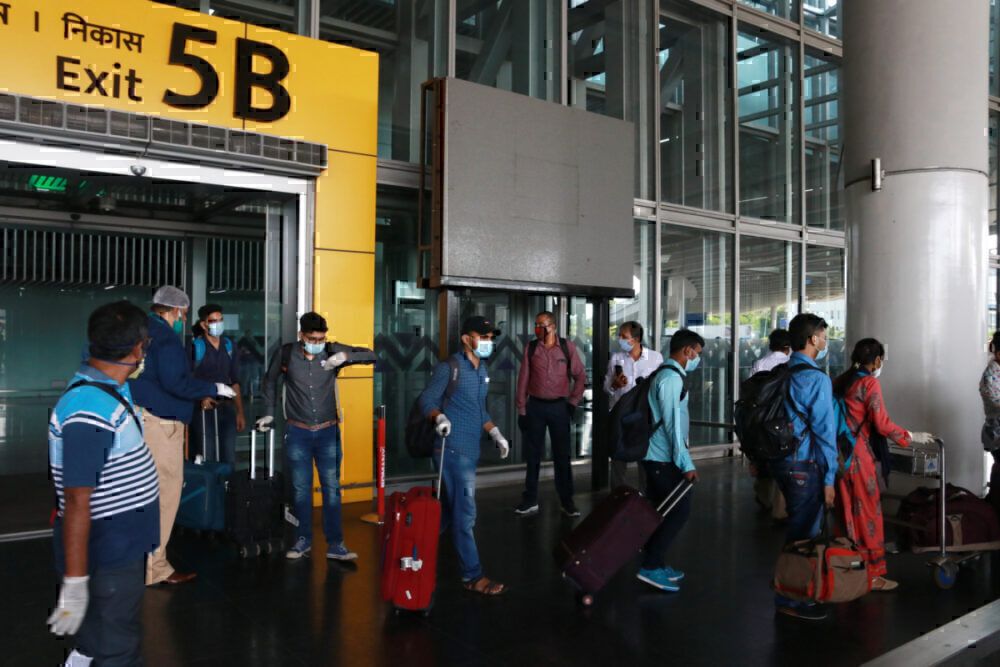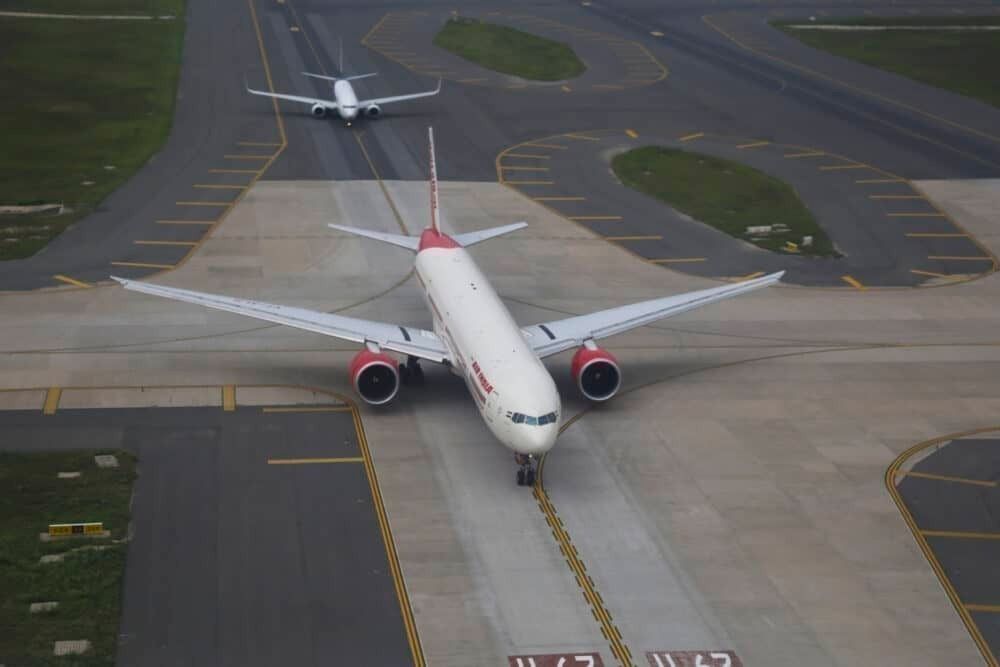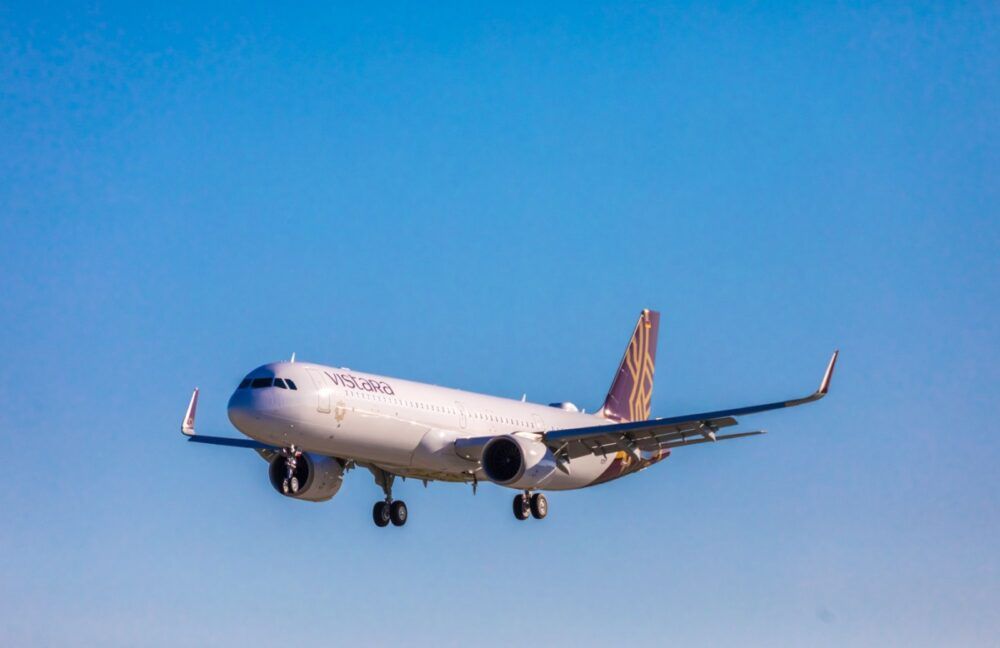It has now been nearly three months since India restarted domestic flights, so how is the industry faring? Currently, travel remains limited to domestic flights (45% of pre-COVID capacity) and a handful of international flights (Vande Bharat and air bubbles). However, despite the limits on travel, India has been seeing a sizeable number of passengers flying.
Breaking down the numbers
India has seen a steady rise in the number of passengers flying within the country since flights resumed in late May. This week saw India's highest traffic since the reopening, with 93,062 passengers flying on August 9th. This stands in contrast to the 30,000 travelers in early June, showing how the industry has picked up.
Stay informed: Sign up for our daily aviation news digest.
As of this week, India is seeing around 80,000 daily passengers on domestic flights. In 2019, 375,000 passengers took domestic services every day, which means only 21% of passengers have returned to the Indian market. Flights are also currently capped at 45% of pre-COVID summer capacity, which means airlines are seeing low load factors on their flights.
Passenger growth has been sluggish in the last two months, with 1.98 million and 2.1 million passengers flying in June and July, respectively, a small 6.6% rise. However, August has seen much better numbers until now, which means we could see this month's total rise.
International flights make up a small part of daily passenger numbers. Around 5,000 passengers return daily on Vande Bharat flights, while foreign carriers operate a handful of daily flights under travel bubble agreements.
Will the rise continue?
August has come as a positive for the Indian aviation industry, but questions remain on whether this rise with continue. While the number of COVID-19 cases in India has continued to grow, this seems to have done little to affect passenger growth. The industry still faces critical challenges, such as slot restrictions and the absence of leisure passengers.
A significant issue still faced by passengers and airlines is slot restrictions at some of the biggest Indian airports. Mumbai Airport, usually the second busiest in the country, still only allows 100 total flights a day (50 in and 50 out), while Kolkata has restricted flights on certain days every month. Without easing such restrictions, India could hit a roadblock in its recovery.
Overall capacity limits also remain, 45% as of now, which means the market could be hitting a ceiling on flights. The market will likely hit this peak sometime soon, at which time the government and airlines will have to come up with a new strategy.
Airlines remain on shaky ground
Despite a rise in passengers, airlines are still struggling to survive. This month saw IndiGo and SpiceJet release their financials, both of whom saw huge losses due to the current situation. For now, airlines will continue to struggle as the country reels from the effects of COVID-19.
However, some airlines are continuing to push on with some ambitious plans. SpiceJet recently launched long-haul flights by partnering with Hi Fly, while Vistara has finalized it's much-awaited European routes. Airlines do seem to be taking advantage of the pent-up demand during the pandemic to expand their operations.
For now, India seems to be on its way to seeing 100,000 daily passengers, a substantial milestone for an industry that was grounded 84 days ago. If this rise will continue, and whether airlines can sustain themselves, is yet to be seen.
What do you think about India's aviation recovery? Let us know in the comments!




